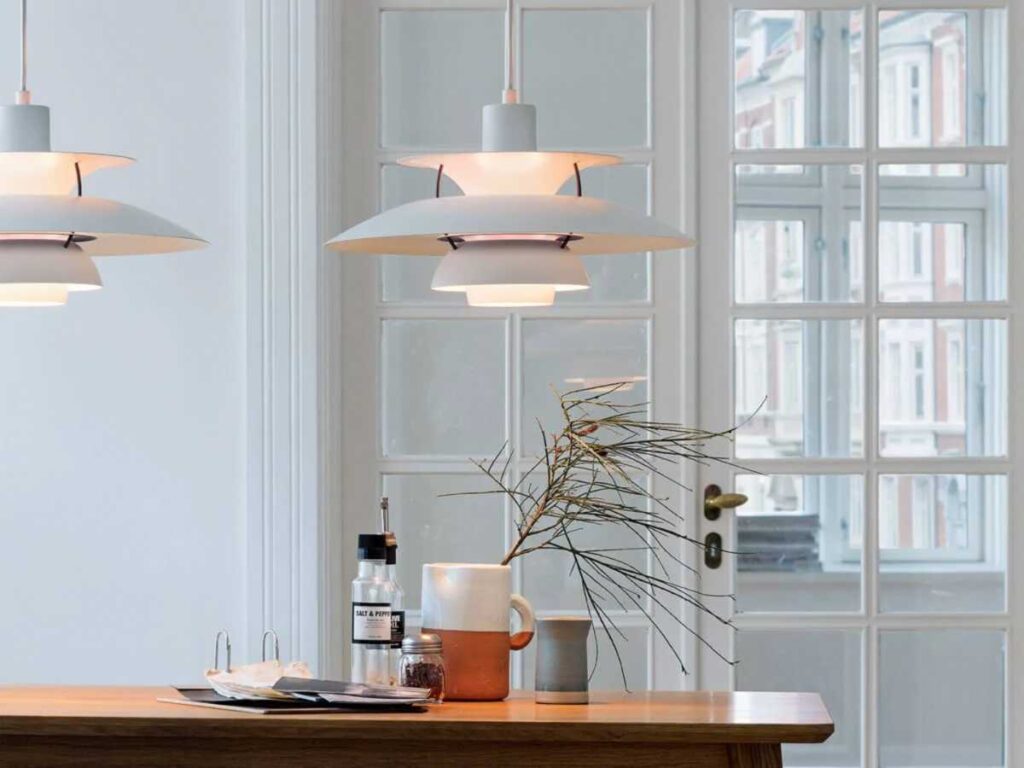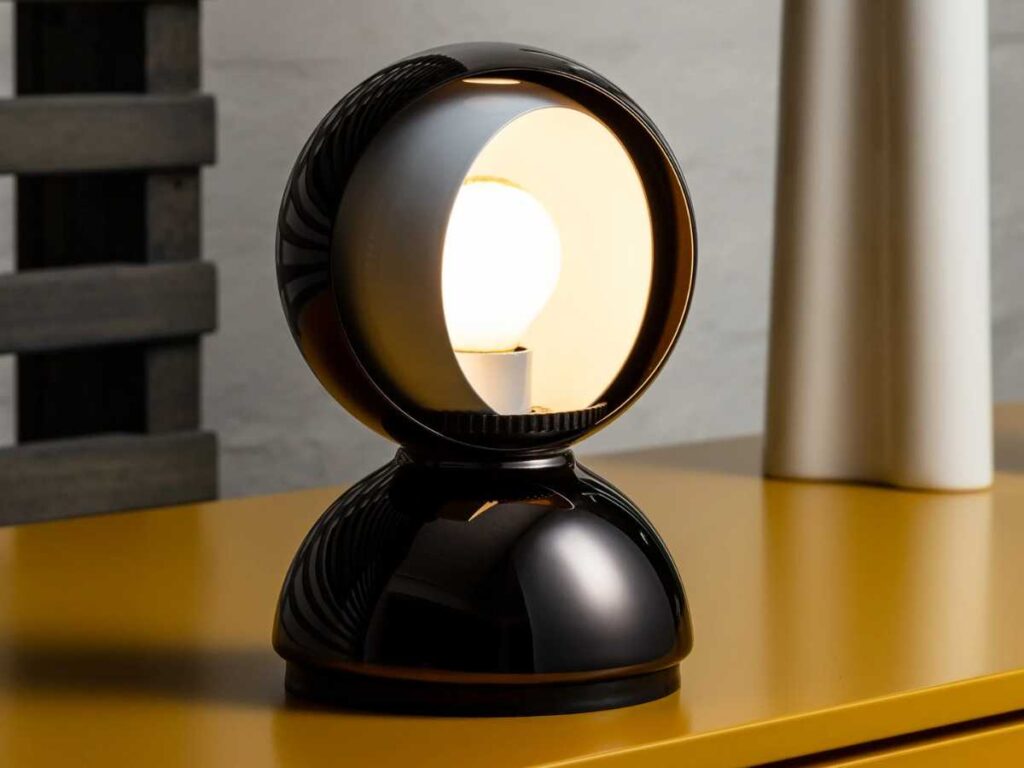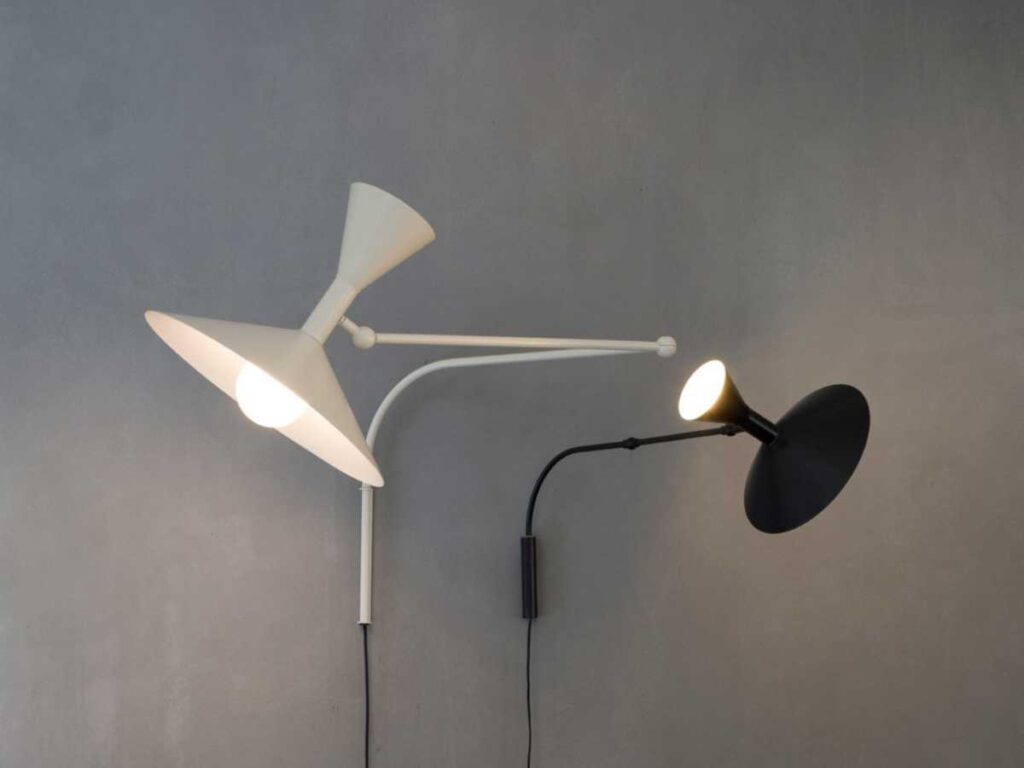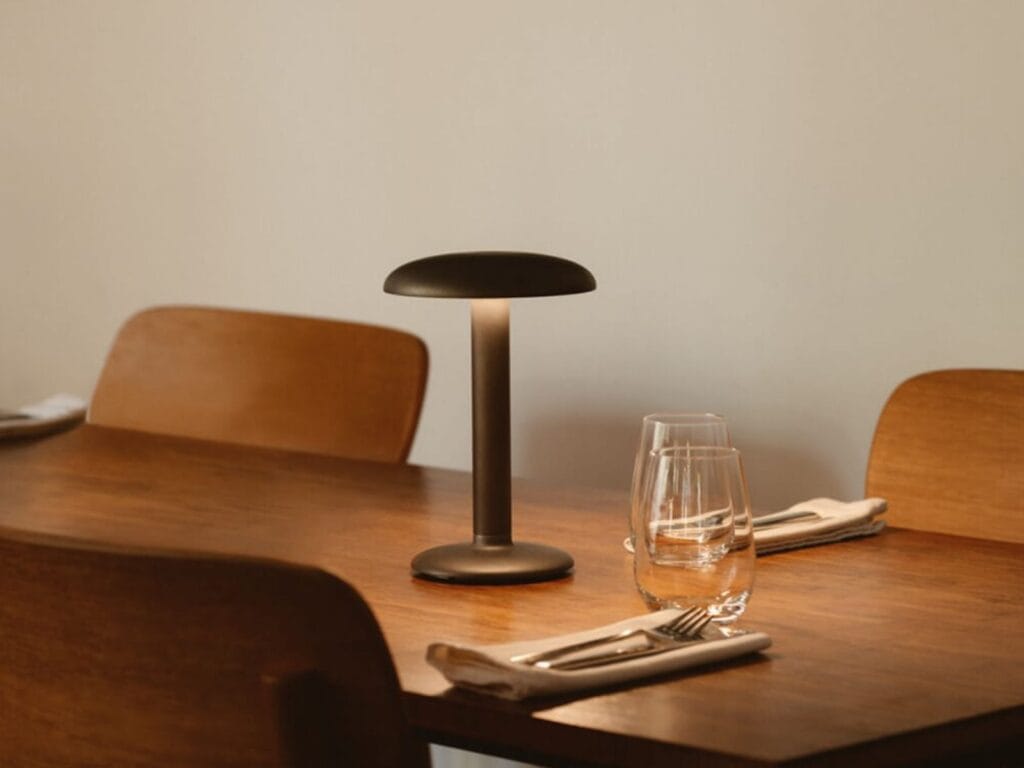Choosing lamps for the children’s room is not just a matter of style, but a key aspect that directly affects the well-being and safety of the little ones. An appropriate lamp not only illuminates the spaces where children play, study or rest, but also helps create a welcoming and stimulating environment that fosters their growth and creativity.
In this article, we’ll explore how to choose the right lamps for children’s bedrooms, taking into account aspects such as safety, design, energy efficiency and functionality.

Safety considerations in bedroom lighting
When it comes to lighting in the children’s room, safety is the top priority. It’s essential to choose lamps designed specifically for use in children’s rooms that meet strict safety standards to prevent any accidental hazards. Non-toxic materials, lamps with well-protected cables, and secure fastening systems are essential to ensure that the environment is safe for the child regardless of the activity. Lamps should also be sturdy and stable to prevent them from being knocked over. It’s important to consider lamps with heavy bases or that can be attached to walls or ceilings, away from the reach of toddlers. Also, opting for bulbs that do not overheat is crucial to avoid accidental burns; LED bulbs are often recommended for their energy efficiency and low heat emission.
Finally, lamps that provide diffuse, gentle, glare-free light are optimal to protect even the most sensitive eyes and create the right atmosphere. Lamps with dimmers or light intensity adjustments allow the lighting to be adapted to the different needs of the day and night, helping to create a visually comfortable environment.
Types of lighting for children’s room
The right choice of lighting type helps create an environment suitable for a room intended for a child that is both functional and welcoming. Here are some ideal options that combine safety and style:
Ceiling lamps: these are the main solution for general room lighting. Pendant models or ceiling lights are great for spreading light evenly throughout the room, providing optimal visibility without glare. Choosing models with fun or colorful lampshades can add a touch of cheerfulness and personality to the entire room.
Wall lamps: useful for illuminating specific areas of the room, wall lamps are perfect near beds or in reading corners. By placing them at the right height, they help create a warm and welcoming atmosphere, ideal for bedtime stories.
Table and bedside lamps: these lamps provide direct light and are ideal for study corners or as bedside lamps. Choosing lamps with stable, sturdy bases and lampshades that reduce direct light helps protect children’s sensitive eyes when reading or playing.

Night lights: these are essential for many children who may need a reassuring light. Night lights come in many shapes and sizes, some with sensors that turn on automatically in the dark, ideal for helping children find their way in the dark without disturbing their sleep.
Each of these solutions can be tailored to the theme of the room or the child’s personal tastes, providing safety and functionality but also a personal touch that makes each room unique. The key is to balance general lighting with more specific options to create a versatile environment that suits all of the child’s activities, from playfulness to rest.
Style and design for children’s lamps
When furnishing a children’s room, combining style and functionality in the choice of lamps is essential to create an environment that stimulates their imagination while maintaining a relaxing atmosphere. Lamps, in addition to being functional elements, can become true design objects that enrich the space and reflect the child’s passions and interests. Opting for lamps with playful shapes, perhaps depicting animals or cartoon characters, can transform the simple lighting of a space into something important, capable of enchanting and inspiring. Similarly, lamps with natural materials or in pastel shades can harmonize with more subdued decorations, helping to create a serene and welcoming environment.
It’s also important to choose lamps that can adapt and evolve as the child grows. Adjustable or modular lamps that can change shape or light intensity are an ideal choice, allowing lighting to be adapted to different needs, from the soft light needed for infants to brighter lighting for kids’ activities.

Energy efficiency and proper lighting
In the context of lighting for the kids’ bedroom, it’s also essential to consider the energy efficiency and adaptability of the lighting. Lamps with LED technology are among the most widely used, as they offer long life and low energy consumption, being economical in the long run and environmentally friendly. These lamps are particularly suitable because they don’t emit excessive heat, making them safe even for young children.
In addition, it can be advantageous to select lamps with adjustable light intensity. This feature allows the lighting to be modulated to suit the child’s different activities in the room: dimmer light for relaxing moments before bedtime, and brighter for playing or studying. This type of control not only contributes to the child’s comfort, but also helps establish a daily routine, with light that can change to harmonize with different times of the day.
Another important aspect is choosing lamps that are designed to be easily upgraded or changed. As a child grows, his or her tastes and needs change, and having lamps that can be easily adjusted or replaced can avoid the need to completely renew lighting every few years. This approach is not only practical but also economical, allowing parents to adapt the environment in a flexible and sustainable way.




